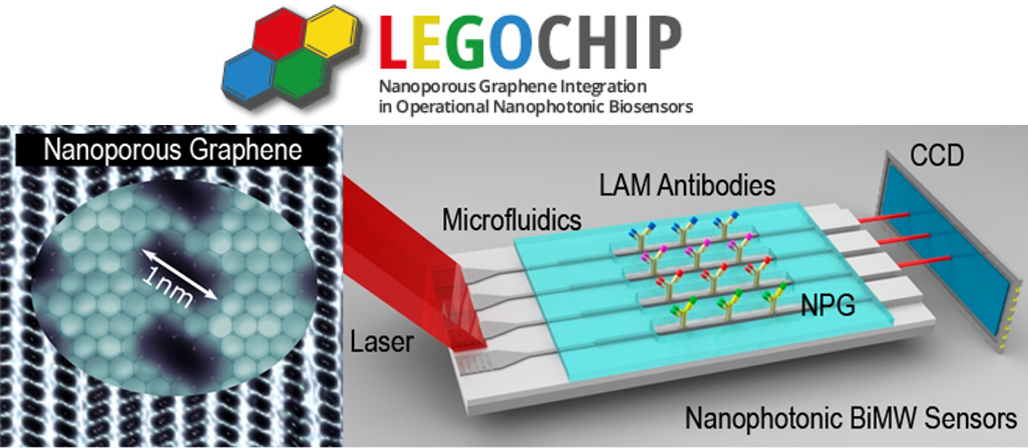Severo Ochoa Programme 2018-2022 Research transversal to the four application areas
Apart from the research that can be clearly associated to one of the application domains, ICN2 scientific activity is also dedicated to the development of nanomaterials and nanotechnologies that can be eventually applied to any of the application domains.
Highlights
Advances in Metal-Organic Frameworks (MOFs) research
Compounds of the Metal-Organic Frameworks (MOFs) family are being largely studied since they can be engineered in different structures. This allows adapting the characteristics of these structures to the specific applications they are designed for.
A procedure to obtain films of MOFs that can adopt programmed shapes has been developed. It allows designing self-shaping objects with complex geometries and diverse responsive characteristics with possible application in micromanipulation, automation, and robotics.
An optical CO2 sensor was fabricated by integration of a self-assembled, transparent film of a metal-organic framework (MOF) onto bimodal optical waveguides.
Nanoporous graphene
A bottom-up synthesis method of multifunctional nanoporous graphene has been developed. This technique allows defining with atomic precision the size, morphology, and chemical composition of pores in graphene, making this material a versatile semiconductor with potential applications in sieving or electrical sensing of molecular species.
Amorphous Boron Nitride
ICN2’s researcher contributed to the synthesis and study of a thin film of amorphous Boron Nitride (a-BN), a material showing extremely interesting properties with great potential for application in future high-performance electronics.







